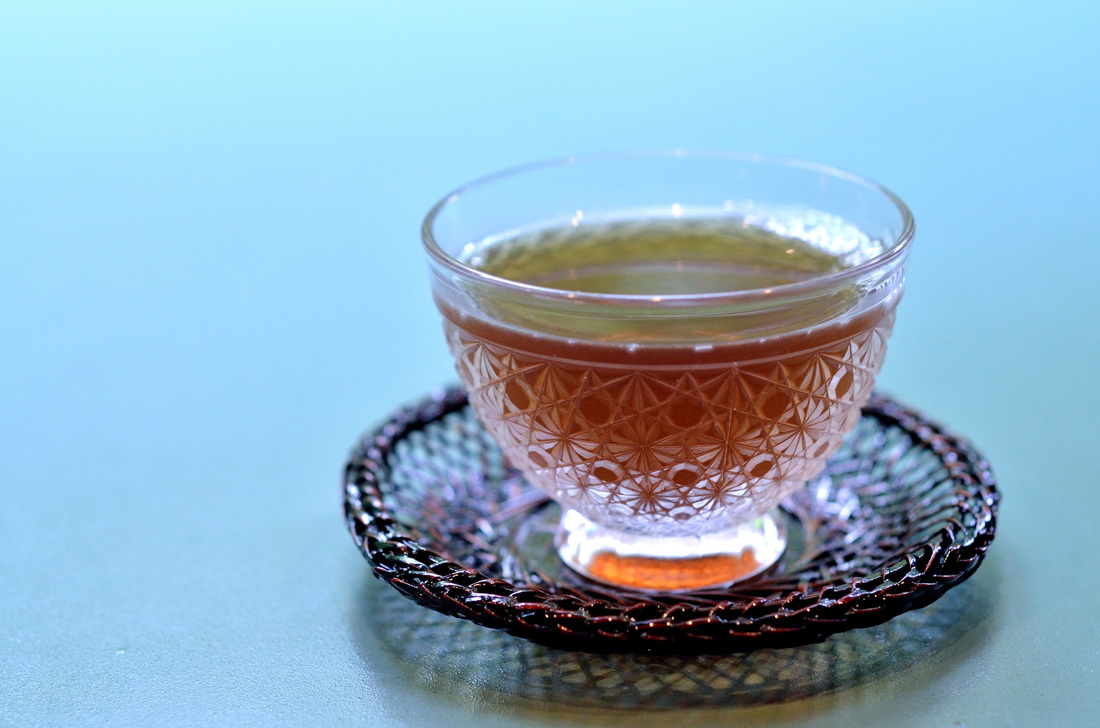
Why is my tea bitter?
- Tea quantity: For most teas, you only need one teaspoon of leaves per cup of water. You don’t need “one for the pot” – especially if you’re making jasmine tea (trust me). While adding more tea leaves can produce a more intense flavour, one of the flavours it’s likely to amplify is tannin-y bitterness. Some people, especially when drinking tea without milk or sweetener, like to use even less than a teaspoon of tea per cup. Experiment to find what's right for your tastebuds, your mood and the tea you're using.
- Water temperature: Many black teas and most herbal/fruit infusions can take water straight off the boil, but boiling water can scald the leaves of delicate black, oolong, green and white teas. If you're using a kettle, let it sit for a minute or two before pouring the water over the leaves (or add a bit of cold water if you can’t wait). If using an urn, put the water in the cup/pot and let sit for 30 seconds before adding the leaves.
- Infusion time: As a general rule, I start with 2-2.5min for green tea, 3-3.5min for black tea, 5min for herbal/fruit teas. (There are many exceptions to this rule, like the Keemun described in my last tea post, the 10 second brewing time for Pu-erh, or the completely different preparation method for matcha.) Timing is tricky, because you want to get the fullest flavour from the leaves, but if you leave it too long you’ll get bitter, “stewed” tea.
What are your opinions on teabags?
| Remember how I said people shouldn’t be snobs about tea? Because tea is all about enjoyment and we shouldn’t look down our noses at other people’s enjoyment? Well, it was a noble sentiment, but my opinion on teabags is that they’re mostly pretty dodgy. A lot of people prefer teabags to loose-leaf tea "for convenience", especially if they’re making tea at work. I can understand that and I have been known to drink tea and other infusions from teabags – gasp! But the ritual of making tea is part of the enjoyment for me. I’d much rather take an extra few seconds to spoon loose leaf tea into an infuser (a deep, mesh-basket style is good, because it lets the leaves expand) and an extra minute or two to let the tea infuse properly and rinse out the infuser. This way, I end up more relaxed and with a better tasting cup of tea. But, if you must use a teabag, then hear this! Not all teabags are created equal. First, there are the ones most people mean when they say “teabag”, i.e. supermarket brands like Tetley’s, Typhoo, PG Tips, Yorkshire, Lipton or Twinings (if you’re fancy). Then there are the silk pyramids and similar you get from specialty tea companies like Tea Pigs.** One difference between the two is that the silk bags are usually filled with a better grade of tea (i.e. larger leaf pieces or intact leaves, like a good loose-leaf tea) and the bags are bigger, which allows the leaves to expand and the water to circulate while steeping. These teabags give a more interesting flavour, offer more variety and stay fresher for longer (because the oils don’t evaporate as quickly due to the smaller surface area). Supermarket brand tea bags usually contain a lower grade of tea (i.e. tea fannings or dust – very small pieces of broken leaf). These leaves make a stronger tea and have a shorter brewing time, but the tea lacks subtlety and variation. The takeaway message is: check the content of the teabag - generally, the bigger the leaf the better the quality. In the end, though, it’s up to you: I won’t judge you for making teabag tea. Unless you’re running a café and I’m paying for it, in which case, I will absolutely judge you and definitely find you wanting. | 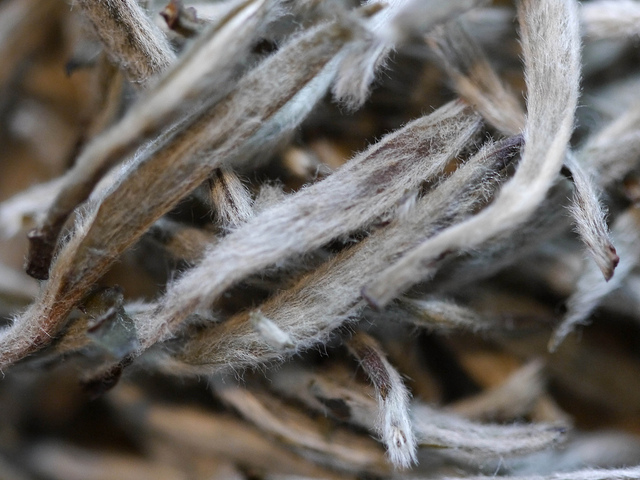 Whole white tea leaves. ("Fujian Silver Needle" by Rebecca Siegal.) 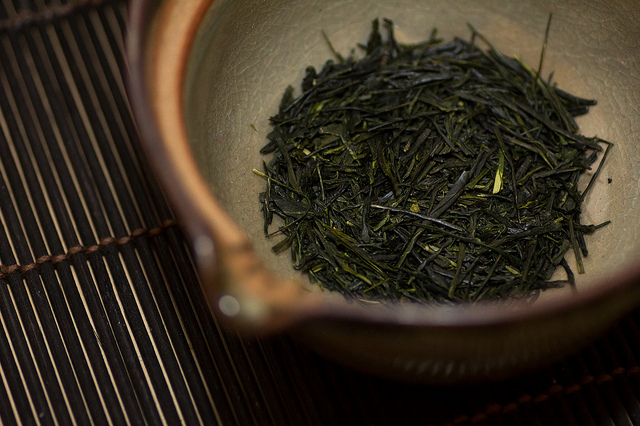 Whole green tea leaves. ("Sencha" by Christian Kaden.) 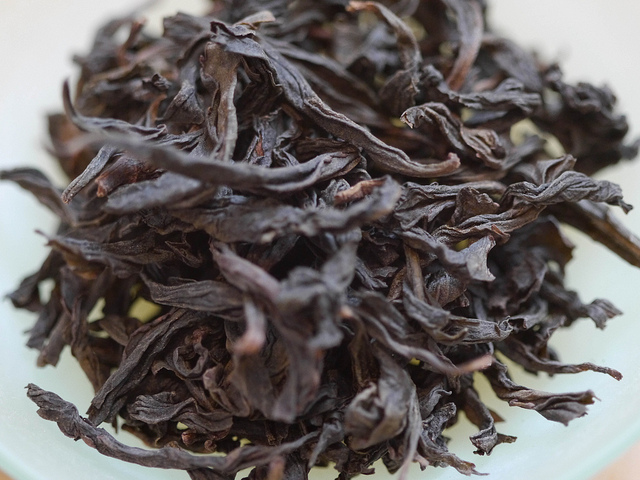 Whole oolong tea leaves. ("Fujian Rain" by Rebecca Siegel.) 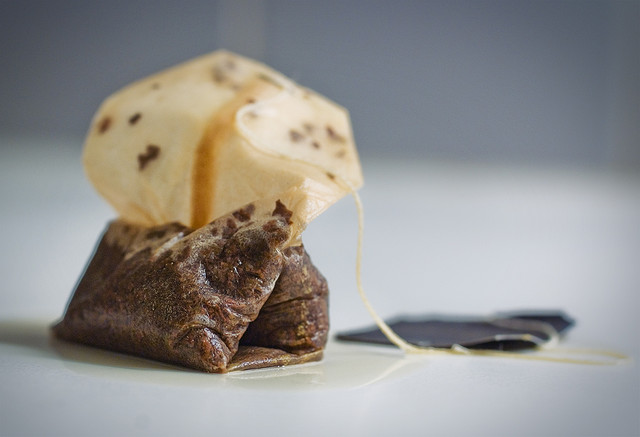 A teabag filled with tea dust. ("Tea Bag" by Anders Adermark.) |
Notes
** Then there are novelty teabags that look like goldfish - which, yes, OK, fine, I admit they're cute.
 RSS Feed
RSS Feed
